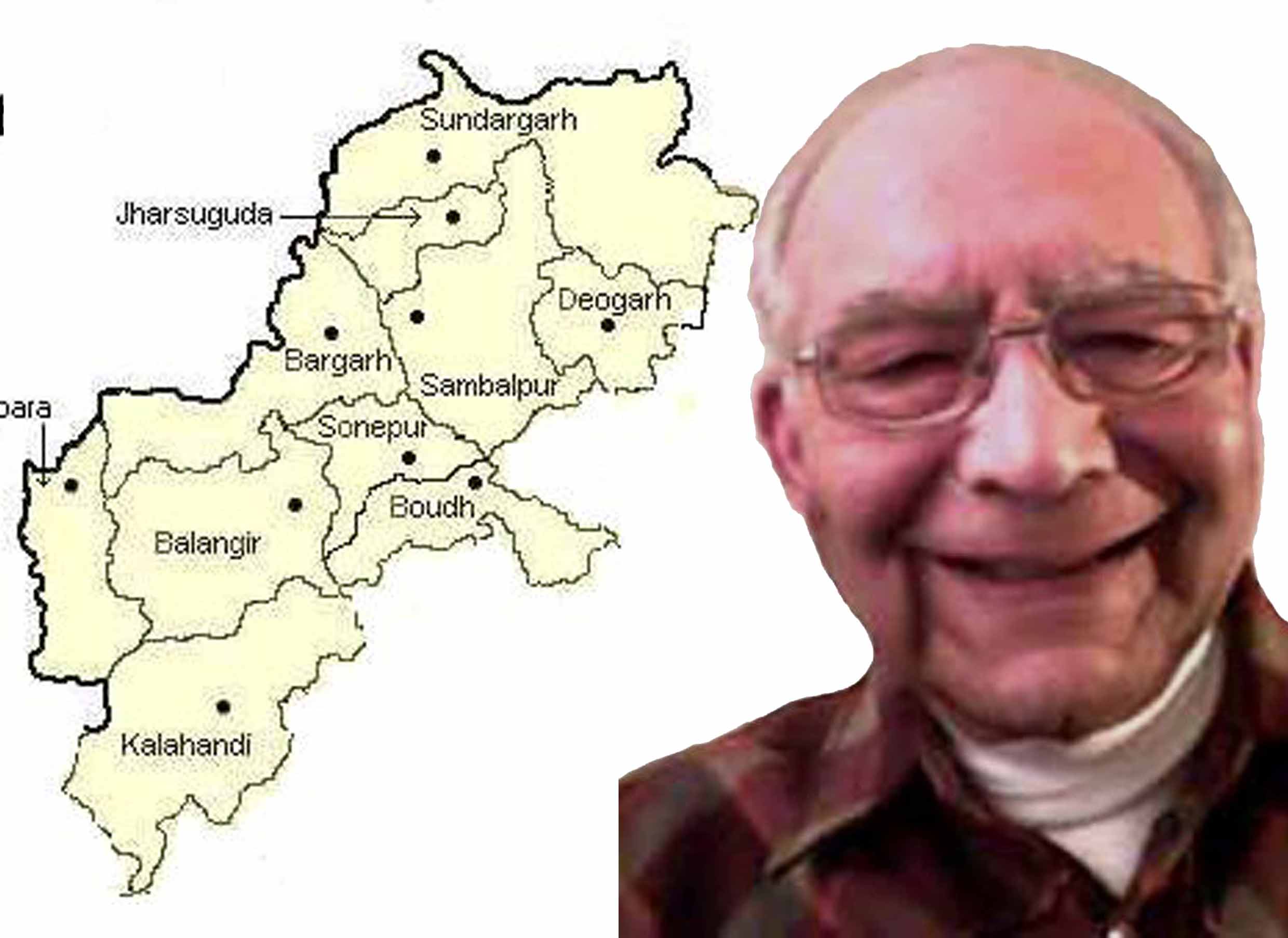Dr. Patnaik writes in his article: “Odisha is the meeting place of Ashtrik (Austroloid ?),Dravidian and Aryan languages.” I presume he means Adivashi languages as Ashtrik or Austroloid languages. True, but it can be said the same for all central Indian languages, which may differ significantly from Odia. Since Ramayana period Aryan language and culture has been spreading from northern India to the tip of southern India including Sri Lanka. Legend has it that it was Agastya rishi who was the first significant Aryan to cross the Vindhyas to establish his hermitage in the south. Nevertheless, all languages evolve in specific context of geography with its idiosyncratic features, unique experiences, historical dynamics, adjacent languages, religious nomenclature, and even climate among other things. I will try to provide a contrast between evolution of Odia and Koshali, though they are contiguous in geography.
As a lay man with passing interest in history let me try to give a brief snapshot of major influences on the evolution of Odia as a language. Coastal Odisha, primarily parts of old Kalinga, parts of old Utkala, Udra and Kangoda is in the temperate zone facing the sea to the east and Koshal to the west. It has been subjected to floods and usual turbulences associated with being near the sea. Original inhabitants were different tribes, with their own languages. According to Sarat Behera, chronicler of Kongoda (Rise and Fall of Sailodbhabas), significant Aryanisation of central coastal area, especially Kongoda area happened during Sailodbhaba period. Nevertheless, Brahmins always acted as intellectual mercenaries serving different kings; therefore they must have entered the territories at various times even before that. Most of the coastal area was entered by various armies primarily through the north to south route along the coast line, such as, Nandas, Mauryas, Bhaumas, Gangas, Afgans, Moguls and British etc. except perhaps, Meghvahana and Somavanshis from Koshal in the west. Marathas entered by Mahanadi. In the wake of these invasions, languages, religions, fashions, customs and what not were brought in and these had significant transformative influence on the language. One of the most significant impacts on Odia language is Arrival of 10,000 Brahmins by Jajati Keshari, the Somavanshi king. These Brahmins were responsible in Sanskrising Odia language like never before. During Somavanshi’s regime, Odia’s Script which was called Bartula Devanagari evolved. For a long time, it was considered a sacrilege to write anything in non-Sanskrit; but once this taboo was broken by Sarala Das, Odia literature flourished. Today Odia is great language with a rich vocabulary mostly of Sanskrit origin but it also has footprints of many non-Sanskrit influences. Khan in his Muslim Administration of Orissa says that nearly 2000 Arab/Persian/Urdu words embellish Odia language. Even the short presence of Portuguese had a little mark, for instance, the word ChAbi came from them (Source, B.C.Ray: Orissa Under The Moguls). The influence of English is too obvious to merit discussion. Odia language speakers are justifiably proud of their language. It has truly evolved into beautiful one. It also has developed great and unique musical styles rivaling other great musical traditions of India. Although I am a Koshali, I am in love with Odia language and literature, though with a distinct accent.
I am no historian, nor I can claim to be linguist, but from my personal experience, I find no little semblance between the Odia which might have been in vogue centuries ago and the one in present use. During my travel in Bali in Indonesia, where I met descendants of Kalingans who settled there more than a thousand years ago, I found very little similarity between their language and Odia as spoken now. They use the same legends (Ramayana,for instance), the same deities, like Jagannath,Vishnu,Garuda, etc. but with rituals very different from that of Odisha now. In conclusion,Odia is not a static language; it continues to evolve; and hopefully will continue to be richer. However beyond Odisha’s border, be it Sadeikela/Kharsuan or Medinipur, Odia is slowly getting atrophied because of its lack of relevance in day to day life. Some fifty years ago, I have met descendants of Odias (originally of Puri) who had settled in a few villages near Darbhanga(Mathili speaking part of North Bihar) because one of the kings of Mithila brought them to settle there centuries ago. They claim to speak Odia but it was hard for me to understand them. Thus, modern Odia has morphed into a very different and elegant form since the days of meeting of Dravidian, Aryan and Ashtric languages.



